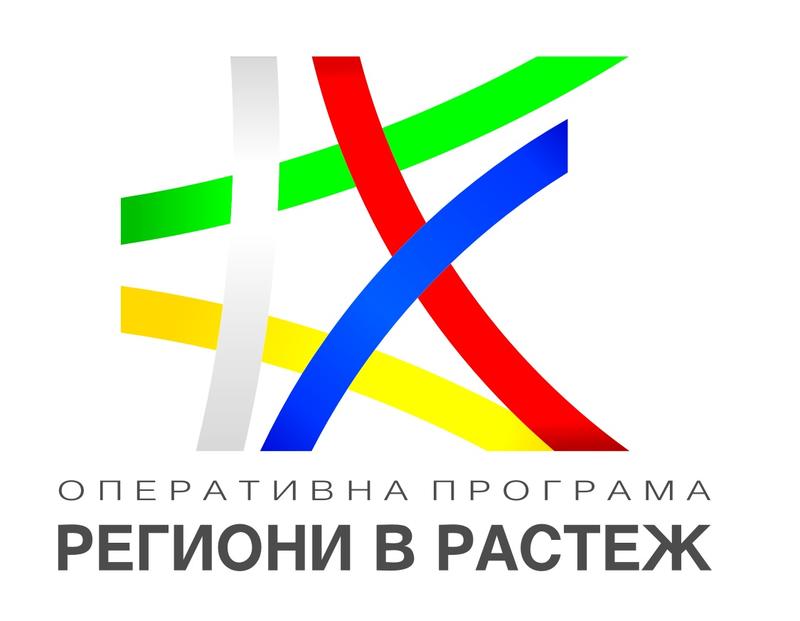Changes to OPRG 2014-2020 have been adopted
Changes to OPRG 2014-2020 have been adopted
By Ministry of Regional Development and Public Works
Reallocation of unused financial resources for financial instruments between priority axes and updating of indicator values are among the changes adopted by the government in the Operational Programme “Regions in Growth” 2014 - 2020. Energy efficiency measures for single-family dwellings under the priority axis for sustainable and integrated urban development, financed with financial instruments, will now be applicable throughout the 39 large and medium-sized municipalities. Until now, this has only been possible in the administrative centres.
BGN 64 178 239 out of a total of BGN 79 282 232 unused resources for financial instruments under Priority Axis 6 “Regional Tourism” of the programme are reallocated to the first priority axis “Sustainable and Integrated Urban Development”. The funds are for the indexation of administrative grant contracts which are ongoing and fully with a financial instrument. New projects will also be supported in the “Urban Development” and “Zones with potential for economic development” strands. The target for the area of public or commercial buildings constructed or renovated in urban areas is almost tripled from 21 819 sq. m. to 70 873 sq. m. The target for undeveloped space created or rehabilitated in urban areas also increases from 4 045 455 sq. m. to 4 286 942 sq. m. Tourism products for heritage sites to be developed under the sixth axis decreased from 18 to 12.
BGN 10 972 838 for indexation of works contracts are retained in the regional tourism axis, the funding will be through a financial instrument instead of a grant. The remaining BGN 4 131 155 unused funds for indexation of works contracts financed by a financial instrument remain in the budget of the priority axis as a financial instrument.
The axis for sustainable and integrated urban development also receives 12 775 710 BGN of free resources from the fifth priority axis “Regional social infrastructure”. The funds are earmarked for the indexation of grant-aided works contracts. The target number of social infrastructure objects undergoing deinstitutionalisation is reduced from 214 to 181.
The changes in the operational programme will ensure its successful implementation and prevent the loss of EU funds.




